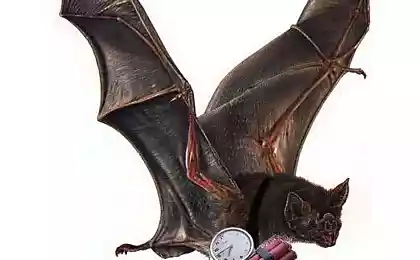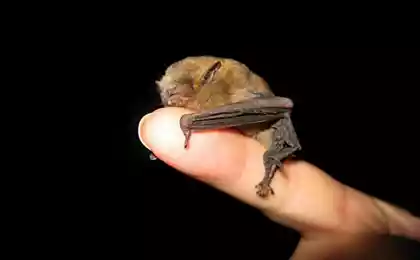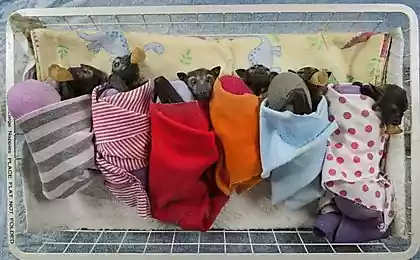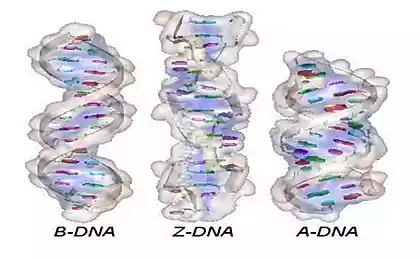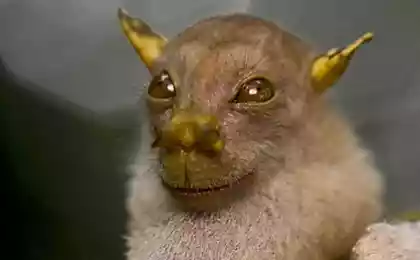540
Informative facts about bats
The wings will not bend during flight, bats control their stiffness with the help of special threadlike muscles stretched all through the wing.
The wing was extremely successful invention of evolution, it is enough to remember birds and insects (although the origin of the wing, its formation in the course of individual development those and others are totally different). Moreover, even some mammals have been tempted by the possibility of free flight – we're talking, of course, about bats, about the bats and the bats, which also acquired wings.

However, if we look for insects and birds, we find that their wings are relatively rigid, at least when compared with the leathery membranes of bats. It is intuitively clear that the aerodynamic characteristics depend on the shape of the wing. If the wing is rigid, it is clear that to expect from him, and the flight will be predictable. On the other hand, if the wing is flexible if it can change form, it can be used for complex maneuvers. But if his form will change in sudden and unpredictable ways, a flight can result in an accident.
Bats, despite the flexible wings fly quite well, their maneuverability would envy even some birds. The overall wing shape in bats is supported by the bones, but the skin that stretched between them, not rigid and may swell and implode under the pressure of the air. However, the bats have a special mechanism that prevents the flexible parts of the wing to arbitrarily bend and change shape. This mechanism is described in his article in Bioinspiration and Biomimetics Jorn Cheney (Jorn Cheney) and his colleagues at brown University. The researchers remembered a special threadlike muscles stretched right into the skin of the bat wings – they were discovered a hundred years ago, but for what they are, still, no one knew.
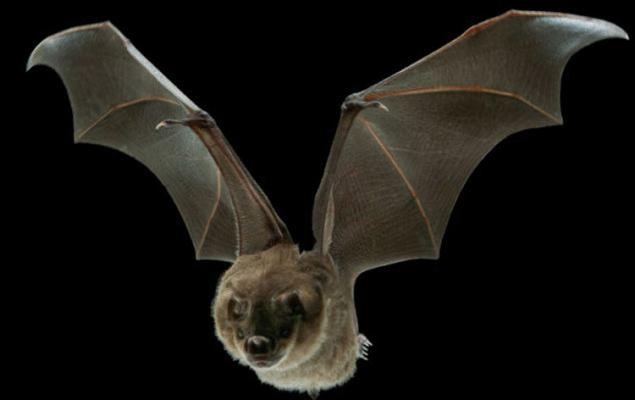
The researchers found that one such muscle filament is not sufficient to change the shape of the wing. Hence, there are two assumptions: first, that these muscles are still changing the wing shape, but they need to work together, and the second that these muscles serve only as a sort of tension sensors. Using electrode sensors attached to the wings Jamaican listoedov, the researchers found that the right was the first hypothesis: straining and relaxing, threadlike muscles regulate the stiffness of the wing. When the wing was moving down the muscle making it more tight when the wing is moved up, on the contrary, they were relaxed. And they worked at it collectively and synchronously, and the rhythm of their work was dependent on the flight speed: if the bat is accelerated, muscles are stretched and relaxed faster.
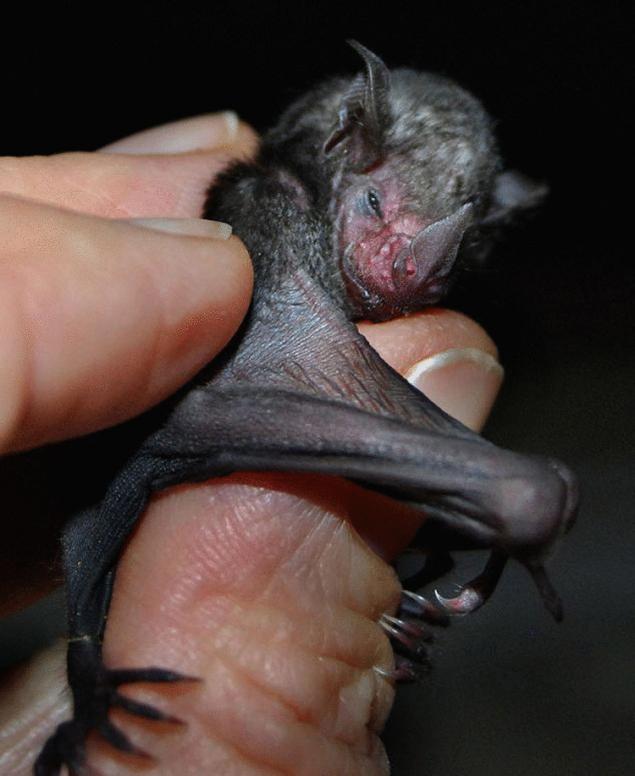
That is threadlike muscles in the wings were not passive reinforcement, on the contrary, they react to changes in the manner of flight and a wing adapted to the new aerodynamic conditions. However, the authors do not exclude that these muscles can perform the touch function of the received data as this does not contradict.
It is known that the mechanism of the flight of bats trying to repeat in the design of the artificial aircraft, engineers want to know what the pros in flight can give such construction of the wing, like bats. In the same brown University researchers have long been closely studying the aerodynamics of bats, and even created artificial robotic wing; obviously, now that the wing will need to provide additional information that would change its elasticity depending on the current situation – just as it happens in real bats.
Source: nkj.ru







